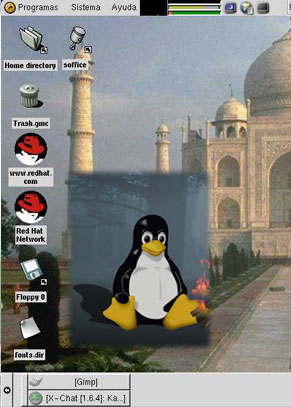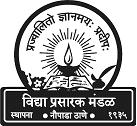|

|

About
the Seminar
Linux, Some Background
Linux is a free Unix-type operating system originally created by
Linus Torvalds, at the University of Helsinki in Finland (ComputerScience),
with the assistance of developers around the world.Developed under
the GNU General Public License, the source code for Linux is freely
available to everyone.
Apart from the fact that it’s freely distributed, Linux’s functionality,adaptability
and robustness, has made it the main alternative forproprietary
Unix and Microsoft operating systems. IBM, Hewlett-Packard and other
giants of the computing world have embraced Linux and support its
ongoing development. More than a decade after its
initial release, Linux is being adopted worldwide as a server platform
primarily. Its use as a home and office desktop operating system
is also on the rise. The operating system can also be incorporated
directly into microchips in a process called “embedding” and is
increasingly
being used this way in appliances and devices. Throughout most of
the 1990’s, tech pundits, largely unaware of Linux’s potential,
dismissed it as a computer hobbyist project, unsuitable for the
general public’s computing needs. Through the efforts of developers
of desktop management systems such as KDE and GNOME, office suite
project
OpenOffice.org and the Mozilla web browser project, to name only
a few, there are now a wide range of applications that run on Linux
and it can be used by anyone regardless of his/her knowledge of
computers. Those curious to see the capabilities of Linux can download
a live CD version called Knoppix . It comes with everything you
might
need to carry out day-to-day tasks on the computer.
Linux and India
India is geographically very large and there are seven large
metropolitan cities in which much of our commerce and industry are
concentrated. But there are marketplaces outside these metropolitan
cities that can’t afford the higher cost solutions. For years, India
has been pursuing information technology as a means of national
transformation, and is now poised to become an IT powerhouse. But
the Indian government has expressed concerns about the effects of
proprietary solutions on the national economy. And India is a very
price sensitive market. So in India, Linux really matters. Linux
has clearly
generated a lot of interest, especially in India.
President of India, Dr. Abdul Kalam says “It’s high
time Indian IT professionals looked at open source software as opposed
to other proprietary systems” and he made a specific reference to
Linux.
Linux can offer a lower cost of ownership — which is very important
in the price-sensitive Indian marketplace. Indian businesses do
not have a propensity to spend a lot on IT, and per capita income
in India is currently lower than in most other parts of the world.
Thus this is a great leg up for our efforts to get more and more
companies and
government institutions to look at Linux. The fact that the President
of India himself made this statement will be a great boon for our
efforts to get the Indian marketplace to adopt Linux and open source
in a more wholehearted manner. Why the interest : Lesser license
cost, Ability to tweak source code, Reliability, Mission critical
environments, Robust
Linux for Indian enterprises: Indian enterprises have generally
shied away from deploying Linux on mission critical servers since
they still prefer the comfort of the time-tested proprietary OS
solutions. But now, companies in India have slowly accepted the
use of Linux. Its benefits like cost savings, the ability to modify
source code, reliability, the traditional comfort of Unix, and availability
of technical support have been the main drivers.
The drivers for growth of use of Linux are
• Vendor independence
• Large developers community to fall back on
• Cross platform interoperability
• The ‘open’ nature supports
|


